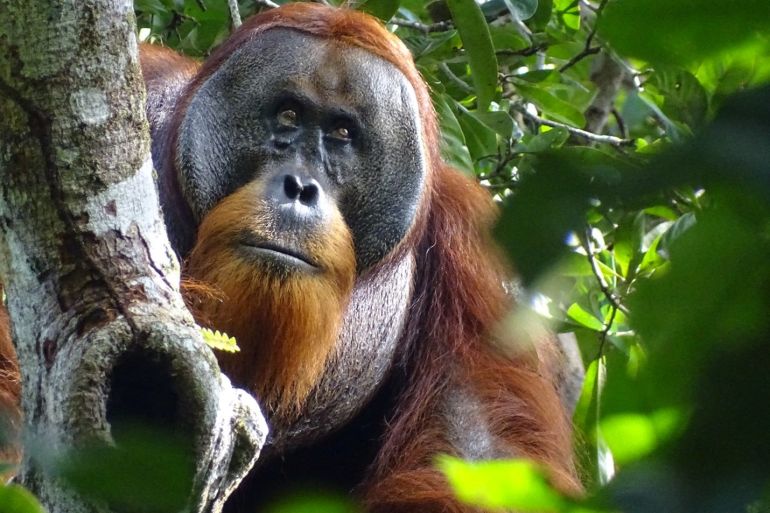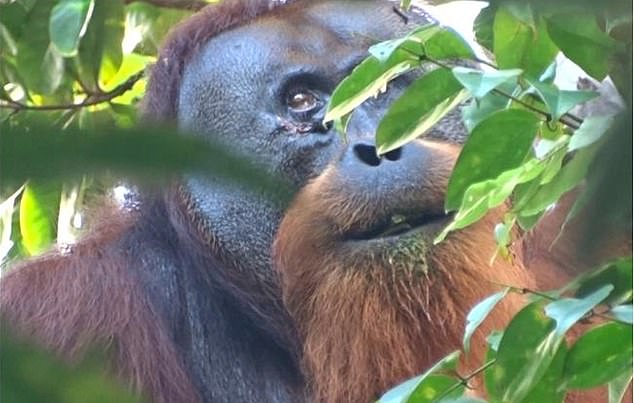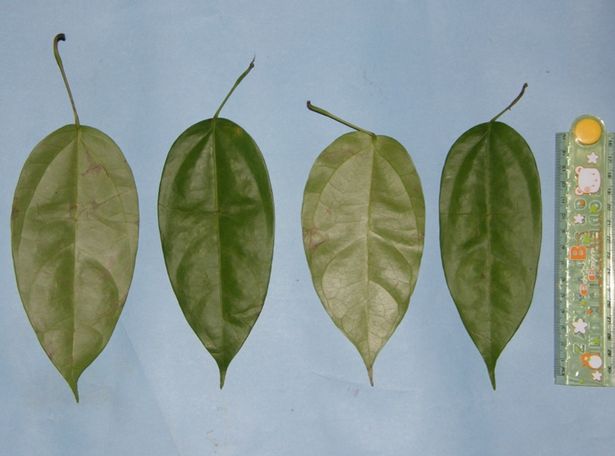Table of Contents
We have a long history of medical care. Although the earliest records of human medicine date back thousands of years, recent research indicates that medicine itselft may have existed before the emergece of humanity. A Sumatran orangutan named Rakus was observed using chewed leaves of akar kuning, a Liana known for its antibacterial properties, to treat a facial wound.
This discovery raises the possibility that medicine behavior in apes, including humans, may have originated from a shared ancestor that lived millions of years ago.

Dr. Caroline Schuppli, the senior author of the study published in the journal Scientific Reports, explains, “The treatment of human wounds was likely first documented in a medical manuscript dating back to 2200 BC. This manuscript described the cleaning, plastering, and bandaging of wounds using specific substances for wound care.
“Since African and Asian great apes have also been observed actively treating wounds, it is possible that we share a common underlying mechanism for recognising and applying medical substances to wounds. This behaviour may have developed in a common ancestor, which may have already exhibited similar forms of ointment application. “
Medical care and nature
The concept that animals possess the ability to self-medicate is not a recent one, as it has been recognised since at least the 1960s. Referred to more formally as zoopharmacognosy, it is believed that various species have the capacity to alleviate their illnesses and injuries to some extent.
For instance, Galápagos finches have observed rubbing the leaves of the Galápagos guava tree on their feathers. These leaves contain chemical that repel mosquitos and fly larvae, indicating that the birds may utilize them as a natural pesticide.
It is the same case for the birds like blue-headed parrots, who frequently lick clay to cure upset stomach problem.
In addition, certain ants appear to intentionally consume higher quantities of harmful foods when they are at risk of fungal infection. They refrain from consuming these toxic foods when the fungus is absent, suggesting that it may help them in combating the infection.
Although these theories are intriguing, it is challenging to definitively prove their intentionality. Much of the existing evidence is based on the anecdotes, making it difficult to determine the extent of an animal’s understanding regarding the substances it employs.

Furthermore, experimental results often originated from laboratory settings, making it uncertain whether they can be applied to wild animals.
The evidence supporting self-medication is strongest in apes, as long-term behavioural studies provide societa with the opportunity to test their theories. By analysing decades of observations, researchers can make a compelling case for apes using plants or animals for medical purposes.
One prevalent form of self-medication among apes is the ingestion of whole leaves. It is believed that they swallow bristly and rough leaves to aid in the expulsion of parasitic worms from their digestive system, thereby improving their overall health.
Although this behaviour was initially observed in chimpanzees, it has also been focusing gorillas, bonobos, and gibbons across Africa and Asia. This suggests that it is more than mere experimentation by the animals and may have an evolutionary basis.
Another less common from of self- medication is when apes directly apply substances in their wounds. This behaviour is also seen in chimpanzees, like placing insects directly into their wounds, although the exact reason behind is unclear.
However, when it comes to Rakus, researchers are more confident that his actions may indeed provide genuine medical benefits.
How orangutan treated his wounds?
In June 2022, the researchers conducted observations on the orangutan residing at the Suaq Balimbing research sure in Indonesia. During their study, them came across Rakus, who had a wound on his face that was believed to be a result of a fight with another male.
A few days later, the researchers noticed an unusual behaviour exhibited by Rakus. He was seen selectively tearing leaves off an akar kuning vine, chewing them and applying the juice to his wound. Additionally, he applied the pulp of the chewed leaves to the injury.
Since akar kuning is known for its medical properties in traditional medicine practices in the region, the researchers were aware that Rakus might be utilizing it’s healing effects. Dr. Isabelle Laumer, the first author of the study, explains that akar kuning and related Liana species from Southeast Asia are recognised for their pain-relieving and fever-reducing properties. Chemicals analyses of the plant have revealed the presence of alkaloids that possess antibacterial, anti-inflammatory, and anti-fungal activities relevant to wound healing.
The researchers continued to monitor Rakus in the subsequent days and found no indications of infection in the wound. Within 5 days the wound had completely closed and healed in the following weeks.
While it is possible that Rakus did not intentionally treat his injury, the team believes that day have discovered the first evidence of a wild animal using a medicinal plant to heal a wound.

Further more the researchers have suggested that Rakus may have acquired this behaviour either through self learning or by observing another orangutan.
As Rakus origins remain unknown, it is currently impossible to determine the source of his knowledge.
In turn, Rakus may have ability to pass on this self-medicating behaviour to other orangutans in his current habitat. As other apes in the area have not been observed using plant in a similar manner, the researchers will continue their studies to determine if Raku’s’ abilities become adopted by others.



